
What is PCB membrane switch?
What is PCB membrane switch?
Membrane switch is a thin PET sheet with contacts, often be used as a switch in PCB, FPC and other circuit boards, and plays an important role in the touch switch between the user and the control device. The contact on the film key is located on the conductive part of the PCB board (mostly located above the gold finger on the circuit board), when the key is pressed by external force, the center point of the contact is concave and contacts the circuit on the PCB, thus forming a loop, the current passes through, and the whole product can work normally.
Membrane switch is usually composed by “buttons + PET film”, so the click feeling, characteristics and tactile feeling depend on the design of the membrane switch. In considerate to the reliability of switch contact separation and rebound, the thickness of the PET film is generally selected at 0.125-0.2mm. If it is too thin and weak, and the contact separation is not sensitive. Too thick slow response to increase the operation force.
What are PCB circuit board Membrane Switches?
PCB always refers to FR4 PCB. FR-4, is a widely acceptable international grade destination for fiberglass reinforced epoxy laminated that are flame retardant (self-extinguishing). After add copper layer on one or each side FR4, it become to Copper Clad Laminate (CCL), and this is the non-conductive core material for normal printed circuit board (PCB). Printed circuit board using FR4 as core material will be named as “FR4 PCB”.
The PCB membrane switch utilizes a PCB as the main structure and support substrate, with the membrane switch on the front of the PCB, and some other components on the backside of the PCB.
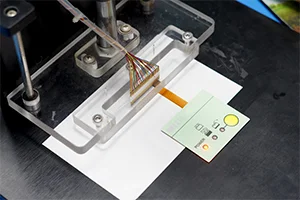
Compared with traditional membrane switches by using the silver paste printed flex as the circuit layer, the FPC membrane switch is made from Polyimide copper etched FPC circuits. Copper Flex Membrane Keypads, also known as Copper Flex Printed Circuit (FPC) Membrane Switches, are essential input devices in the electronics industry. They are designed to offer ...
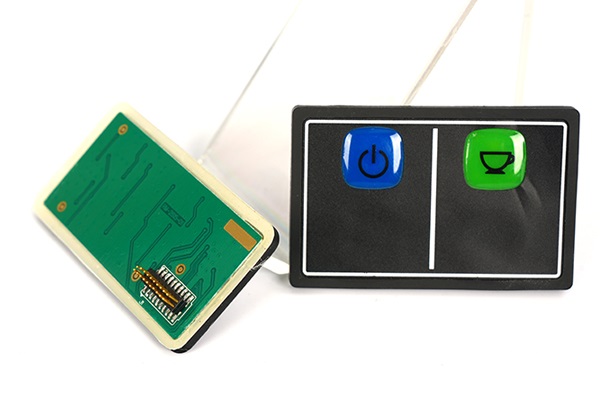
Membrane switch is a thin PET sheet with contacts, often be used as a switch in PCB, FPC and other circuit boards, and plays an important role in the touch switch between the user and the control device. The contact on the film key is located on the conductive part of the PCB board (mostly ...
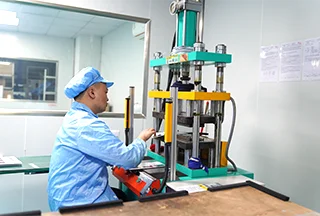
A membrane switch gives a visually pleasing human-machine interface that is easy to use, low profile, and electronically stable. They are well known to stand up to harsh conditions. Flex circuitry is resilient and can be used in many different environments. Once you know what the end use will be for the flex circuit, the ...
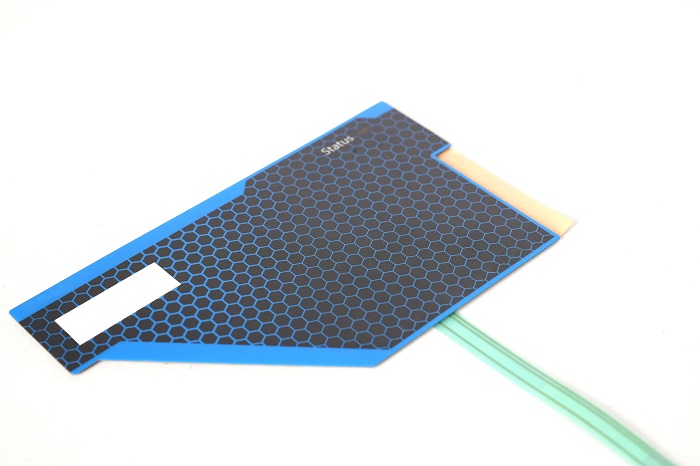
Little Knowledge About Membrane Switch Panel Layer
Thin film panels are very common in the field of household appliances and various industrial products, and have both decorative and functional control panel trademarks. The membrane switch plays an important role as a tactile switch between the user and the instrument. Membrane buttons have a better feel and longer life, which can indirectly improve ...
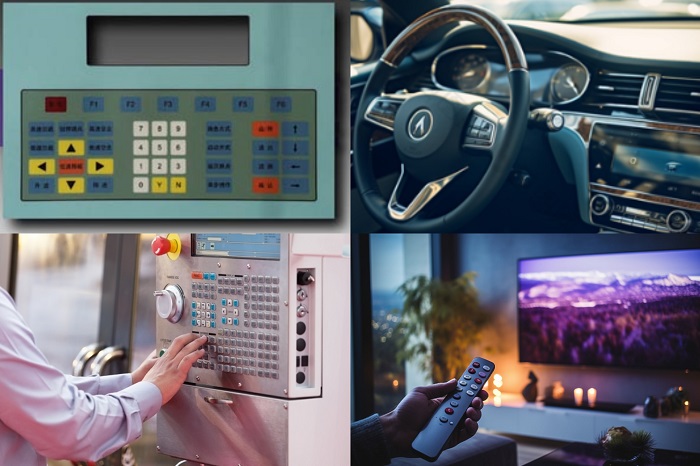
Do You Understand the Working Principle of Membrane Switches?
What is a membrane switch? The membrane switch mainly integrates button functions, appearance display, and instrument panel to form a precise electronic component control system. With its rigorous structural design, beautiful appearance, good sealing performance and excellent durability (such as moisture-proof, long life), membrane switches have been widely used in electronic communication equipment, electronic measuring ...
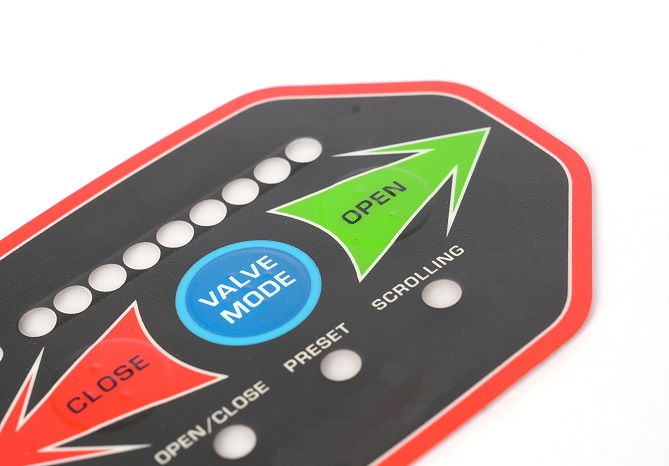
Membrane Switch Technology Leads Electronic Equipment Control
Membrane switches are widely used in electronic products and are suitable for many fields. A membrane switch with a built-in metal dome uses the metal dome as the conductive medium. Its advantages include good button feel, uniform pressing force, and high stroke accuracy. This type of membrane switch is widely used in household appliances, automobiles, ...
Contact us online